Ready to turn your passion for mixology into a profession? With 1800 Bartending School, you can earn your bartending license right here in Forest Hills, NY.
Reviews
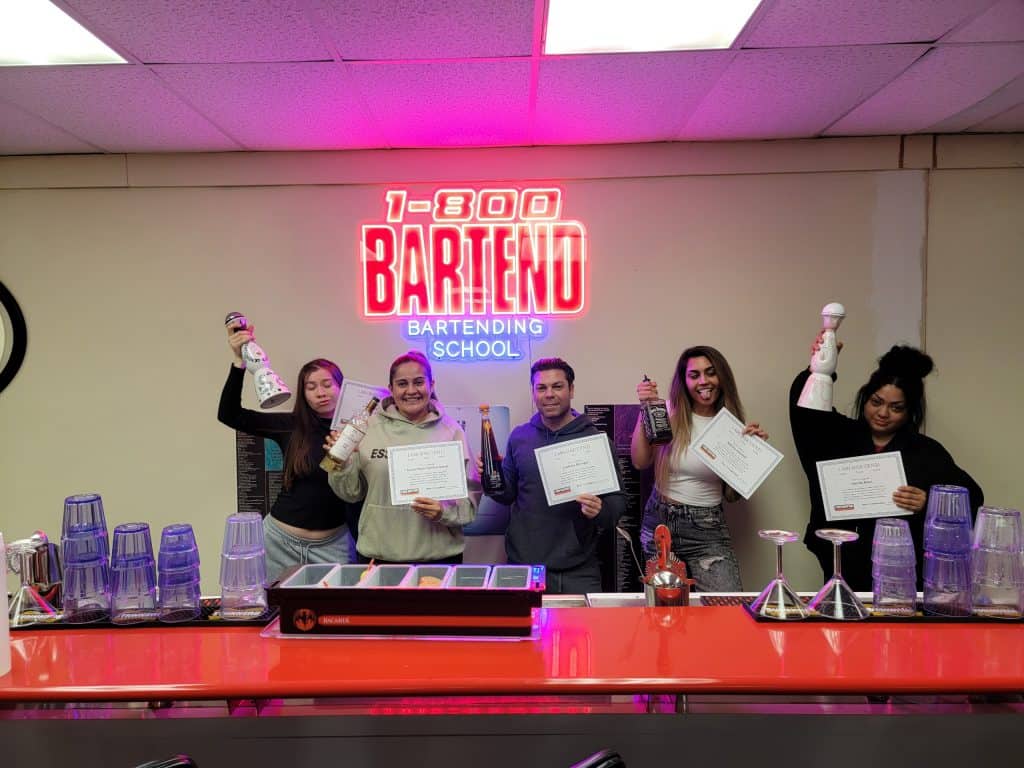
Supporting Local Bartenders
At 1800 Bartending School, we’re here to support your dream of becoming a licensed bartender in Queens. From mixology courses to licensing assistance, we guide you every step of the way. Our courses align with ATAP standards to set you up for success in the industry.
With ample experience in bartending education, we know what it takes to thrive in this dynamic field. Let us share that knowledge with you and help you achieve your goals. Join our community of aspiring bartenders today!
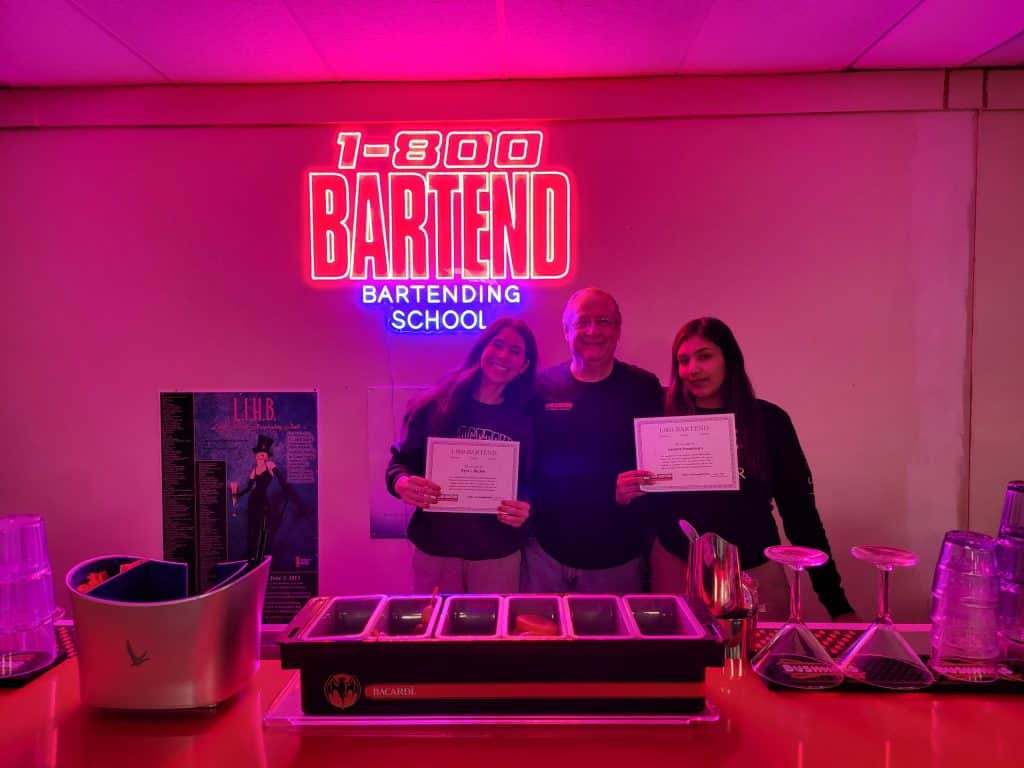
Earning Your Bartending License
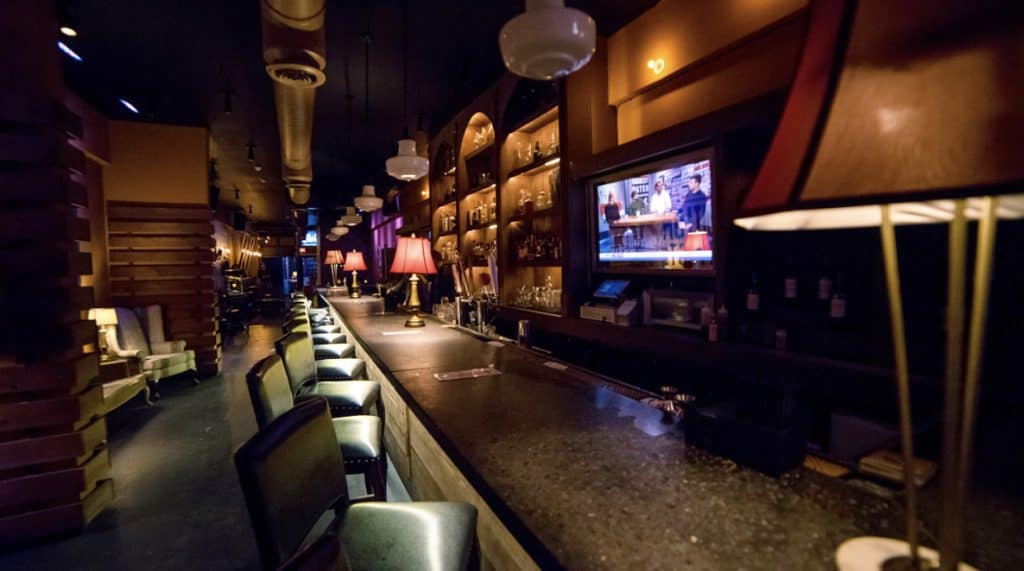
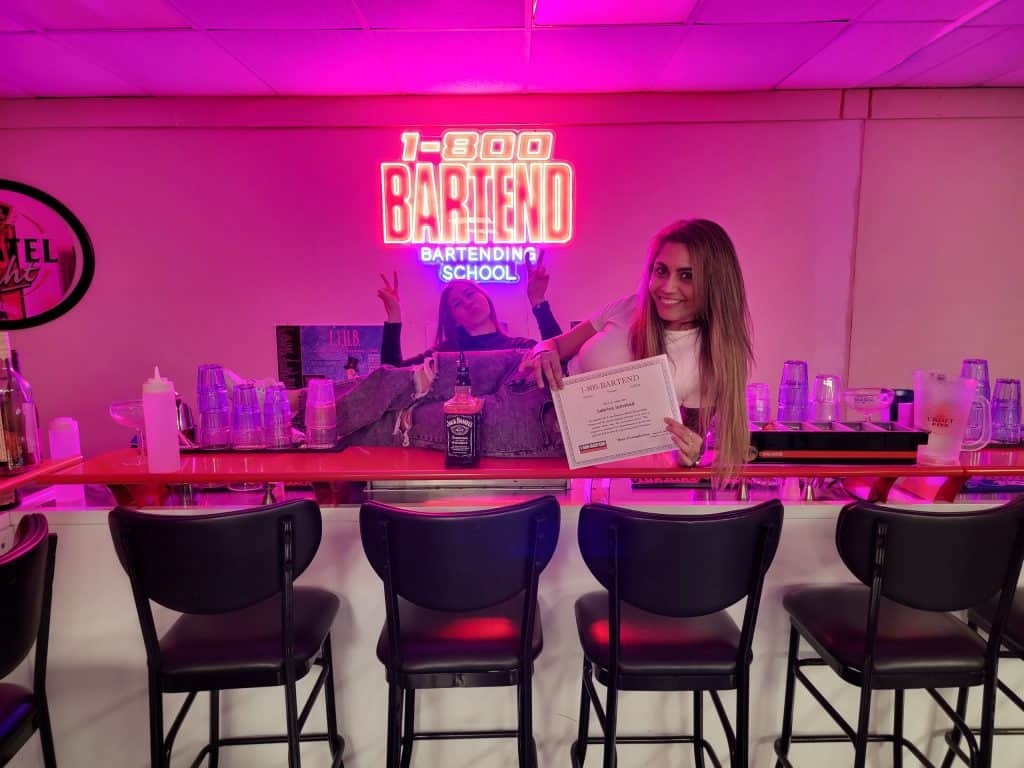
Bartending License Basics
Getting licensed isn’t just about meeting local laws in Queens – it’s about setting yourself up for success. A bartending license shows employers that you’ve got the skills and knowledge to handle the job. It also gives you an edge in a competitive industry.
At 1800 Bartending School, we offer hands-on training that prepares you for the ATAP certification. Whether you’re just starting or looking to refine your skills, our courses are designed with your future in mind. Reach out to us at 516-212-9850 to learn how to begin your journey in Forest Hills, NY.
The development of adjacent Forest Park, a park on the southern end of Forest Hills, began in 1895. Starting in 1896, the landscape architecture firm of Olmsted, Olmsted & Eliot was contracted to provide a plan for the park.
In 1906, the Cord Meyer Development Company, headed by Brooklyn attorney Cord Meyer, bought abutting land made up of six farms (those of Ascan Bakus, Casper Joost-Springsteen, Horatio N. Squire, Abram V. S. Lott, Sarah V. Bolmer, and James Van Siclen). The company then renamed the aggregate 600 acres (240 ha) “Forest Hills”, after Forest Park. Single-family homes, designed by architects such as Robert Tappan and William Patterson, were constructed on these 600 acres. The roads of Forest Hills were laid out by 1910. The present-day Ascan Avenue in Forest Hills is named after Ascan Bakus.
Margaret Sage, the founder of the Russell Sage Foundation, bought 142 acres (57 ha) of land from the Cord Meyer Development Company in 1908. This land was to be used for “Forest Hills Gardens”, a development on the southern side of Forest Hills. Grosvenor Atterbury, a renowned architect, was given the commission to design Forest Hills Gardens. The neighborhood was planned on the model of the garden communities of England, with its own inn, garage, and post office. It also included narrow, winding roads to limit through traffic. As a result, there are many Tudor-style homes in Forest Hills. The more sprawling ones are located in Forest Hills Gardens, but most are located in the section loosely bounded by 68th Avenue on the north; 72nd Road on the south; 108th Street on the west; and Grand Central Parkway on the east. The construction of this area used a prefabricated building technique. Each house was built from approximately 170 standardized precast concrete panels, fabricated off-site and positioned by crane. The houses were mostly constructed between 1910 and 1917.
Learn more about Forest Hills.Here are some bartending-related links:
Mon - Sat:
9AM - 5PM
Sunday:
Closed
Sign up, get trained, and let’s get you behind the bar in just one week. Your future in bartending starts now!
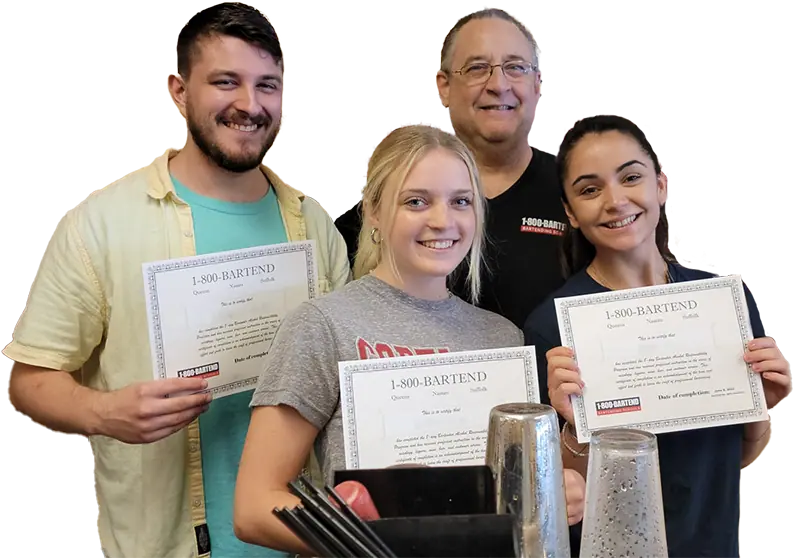
1-800-Bartend
For Students
For Businesses
Helpful Links